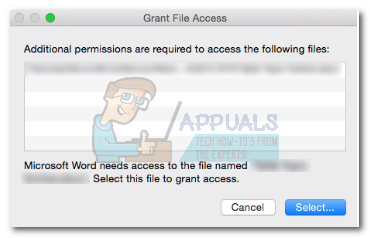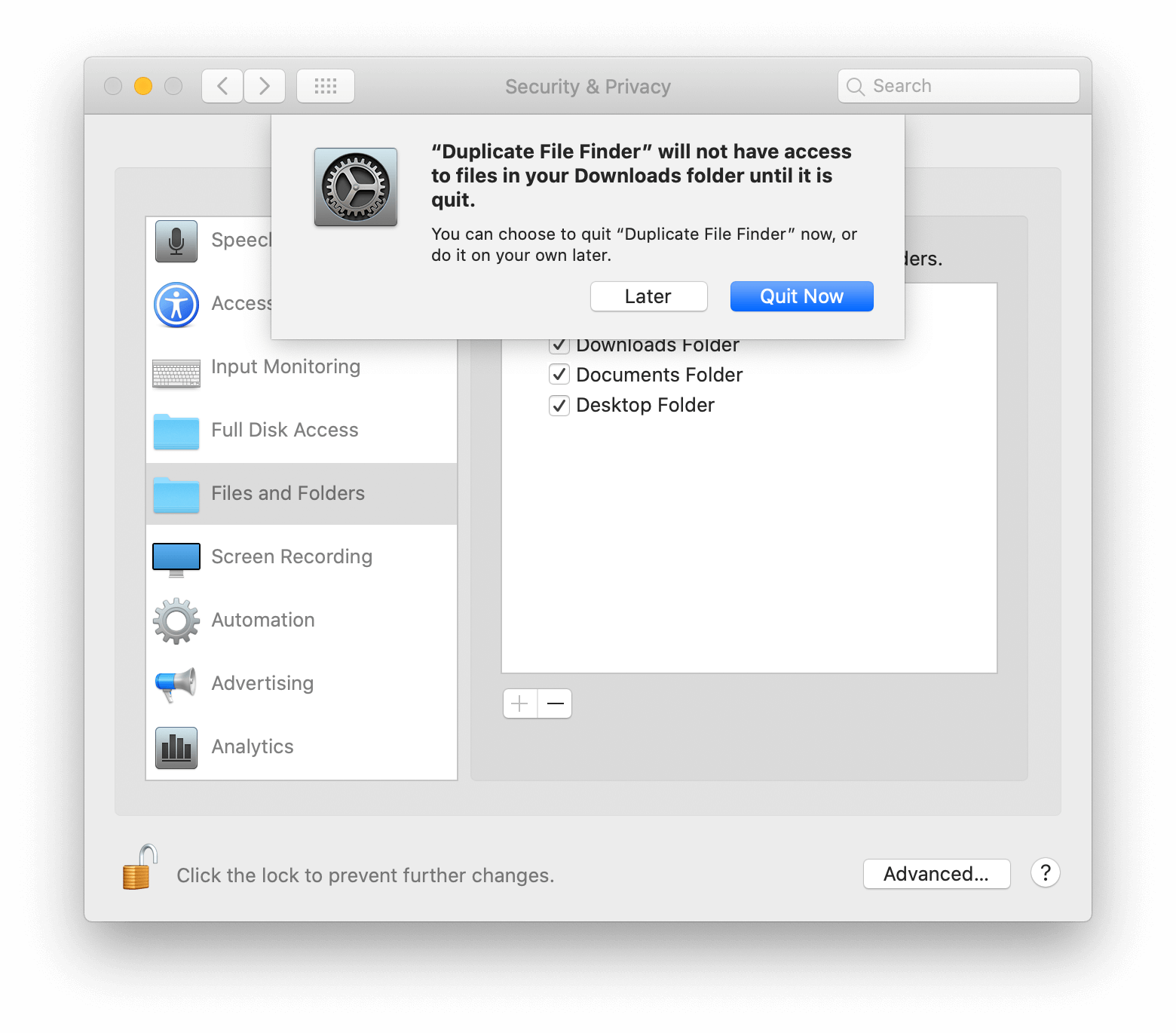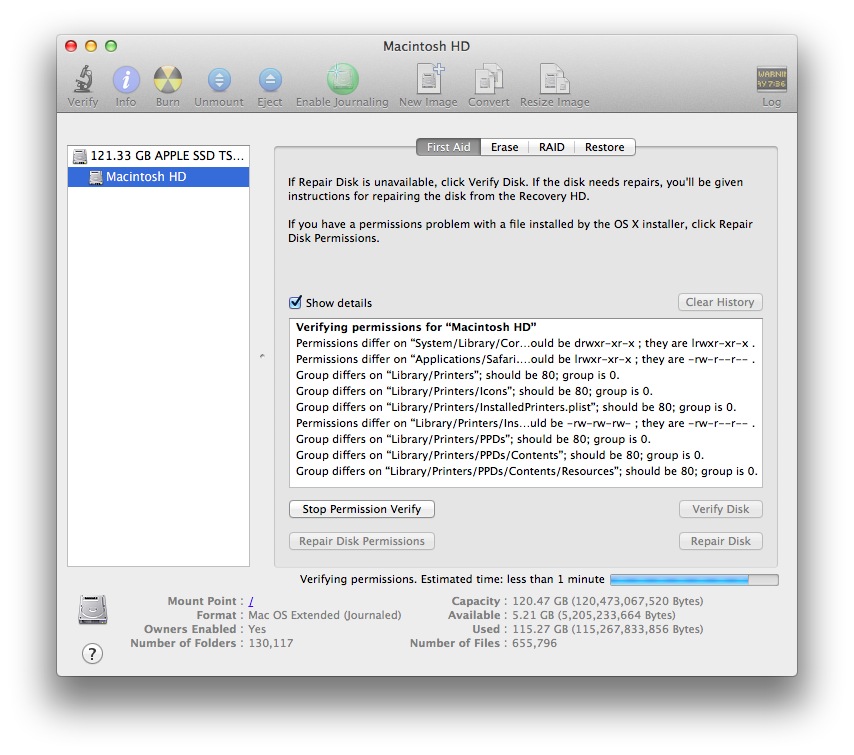Give Permission To Software To Open Files On Desktop Mac
Alongside the numerous improvements included in the Settings app, the Windows 10 April 2018 Update introduces new privacy settings to give you more control over which Microsoft Store apps have access to your personal files.
Microsoft will be proactively granting and denying apps access to your files on a per-app basis. If a particular app has restricted access permissions by default, you'll receive a dialog prompting to accept or deny the request. However, if you need to change these settings manually, you can now use the Settings app.
- Sep 18, 2017 The Program Files folder is set to the Trusted Installer group and the Administrator doesn't have the rights to change anything. So now we have to claim all the files and folders. 1) Open Windows Explorer 2) R-Click on Program Files - Properties - Security Tab 3) Click Advanced - Owner 4) Click Edit.
- Open the Files app, and navigate to iCloud Drive. Don’t tap on the folder you wish to share—that will open the folder. Instead, tap Select in the upper right, then choose the folder you wish.
Jan 06, 2015 Click on the Edit button, and the permission editing pane will open up. First, select the user group/name for which you want to configure permissions, and move down to the permissions sub-section. Here, you’ll see a listing of all the standard permissions (explained above), along with Allow or Deny checkboxes against each permission. Custom install actions: Install additional software. Email: Access your email and account info for your email accounts. Facial recognition: Activate and use any facial recognition hardware. File system: Access the files and folders to which you have access and read or write to all your files (including documents, pictures, and music). The file may have been copied to a Mac OS 9 Desktop that resides on the same volume as Mac OS X, for example. In this case, double-click the Desktop (Mac OS 9) icon that should be on your Mac OS X Desktop if Mac OS 9 and Mac OS X are on the same volume. When Mac OS 9 is on a separate volume, simply open the Desktop Folder on the Mac OS 9 volume.
In this new version, there are two ways to control file access. You can either decide which apps can access your files stored in the Documents, Pictures, or Videos libraries. Or you can choose which apps have full system access to all of your files, including the ones in the Documents, Pictures, Videos, and local OneDrive folders.
In this Windows 10 guide, we'll walk you through the steps to manage settings to prevent apps from accessing your files.
How to change file access permissions per app on Windows 10
If you're trying to allow or deny file access to a specific application, the quickest way to do this is to update the app settings using these steps:
- Open Settings.
- Click on Apps.
- Click on Apps & features.
Select the app you want to change permissions, and click the Advanced options link.
Under 'App permissions,' depending on the app, turn on or off the toggle switches for the permissions you want to allow or deny. Options available can include:
- Documents.
- Pictures.
- Videos.
Once you've completed the steps, the app will no longer have permission to access your files stored on your computer depending on the options you enabled or disabled.
How to change file access permissions for all apps on Windows 10
In the case that you want to allow or deny file access to multiple apps for a specific library, you can use these steps:
- Open Settings.
- Click on Privacy.
Click on the library that you want to restrict access:
- Documents — restricts apps from accessing files stored in your Documents library.
- Pictures — restricts apps from accessing files stored in your Pictures library.
- Videos — restricts apps from accessing files stored in your Videos library.
Once in the page, you can manage file access for a particular library.
If you want to prevent users from making file access changes, under the 'Allow access to documents libraries on this device' section, click the Change button, and turn off the library access toggle switch.
If you want to allow or deny all apps from accessing your files, but only to your account, then under the 'Allow apps to access your documents library' section, turn off the toggle switch.
In the case that you only want to allow or deny file access to apps individually, under the 'Choose which apps can access your documents library' section, turn on or off the toggle switch for apps you want to allow or deny.
Also, note that apps that have broad access to your files will not appear under Documents, Videos, or Photos settings pages, instead, they may appear in the File System page.
How to change file system permissions for all apps on Windows 10
Alternatively, it's also possible to allow or deny apps global access to your files, including to your documents, pictures, videos, and even the local folder containing your synced OneDrive files.
To manage file system access, do the following:
- Open Settings.
- Click on Privacy.
- Click on File System.
Once in the page, you can manage file system access in a few different ways.
For example, if you want to prevent users from having the ability to choose if their apps have access to all their files, under the 'Allow access to the file system on this device' section, click the button, and turn off the File system access for this device toggle switch.
Give Permission To Software To Open Files On Desktop Mac Pro
If you want to allow or deny all apps from accessing all of your files, but only on your account, then under 'Allow apps to access your file system,' turn off the toggle switch.
In the case that you only want to allow or deny global file system access to apps individually, under the 'Choose which apps can access your file system' section, turn on or off the toggle switch for the apps you want to allow or deny.
Wrapping things up
While these new settings aim to give you more privacy control on Windows 10, there are a few things you want to consider.
For instance, using the privacy settings, the app itself is restricted, you may still have access to your files when using the app (but sometimes it'll also depend in the application).
Some Microsoft Store apps like Photos and Camera always have access to your files, even if you deny access to all apps.
If you change file access for a particular app and then you uninstall it, then the next time you reinstall the app, the default permission settings will be applied. This means that you may have to allow or deny access to your files manually again.

The ability to allow or deny apps to access your files is limited to Microsoft Store apps. This doesn't work for classic desktop (win32) applications.

More Windows 10 resources
Give Permission To Software To Open Files On Desktop Mac Computer

For more helpful articles, coverage, and answers to common questions about Windows 10, visit the following resources:
LIVE PODCASTJoin us for the latest Windows Central Video Podcast
We're live with the Windows Central Video Podcast today at 2:30pm ET, make sure you're there!